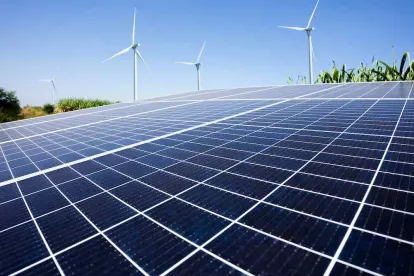On September 17, 2021, the New York State Department of Taxation and Finance came out with a second (revised) preliminary appraisal model for assessing solar and wind energy projects. Its initial preliminary appraisal model was issued on August 2, 2021. Comments on both proposed property tax assessment models are due on October 1, 2021.
All local taxing jurisdictions in New York will require the use of the tax assessment model to assess renewable energy projects. Publication and use of a uniform methodology for assessing renewable projects is one of several recent changes to the New York Real Property Tax Laws (RPTL) that the state recently enacted to promote solar, wind, and other renewable energy projects.
One of those changes was requiring local tax assessors to adopt a uniform income capitalization, or discounted cash flow, valuation approach to assess renewable energy property. An income capitalization approach values the project using the net present value of a project’s future cash flows using a specified capitalization rate. Local tax assessors are required to use the new methodology beginning with the 2022 assessment rolls.
Rollout of the New York Department of Taxation and Finance’s proposed property tax calculator has been a work in progress. The model utilizes several “auto-fill” default assumptions for revenues and expenses for solar and wind projects that often do not reflect the actual revenues and expenses of projects. Many concerns have been raised, including the assumed discount rate, capacity factors, and unrealistic assumptions for real property lease payments, often a significant expense for third-party owned renewable energy projects.
The revised model #2 is intended to correct some of these issues. The second model is broken into two spreadsheets, one for commercial distributed solar projects and one for utility scale projects. The revised preliminary model seems to correct some of the errors in the initial model, but appears to still utilize relatively low discount rates, capacity factors seldom achieved by many projects, and low site lease payments.
The Department of Taxation and Finance emphasizes that both models are preliminary, and comments on both models must be filed by October 1, 2021. Following review of the comments received during the comment period, the final appraisal model may incorporate assumptions from Model #1 or Model #2, or some combination thereof, or modify the assumptions. Please visit appraisal methodology for solar and wind energy projects for a copy of the revised appraisal methodology.


 />i
/>i

